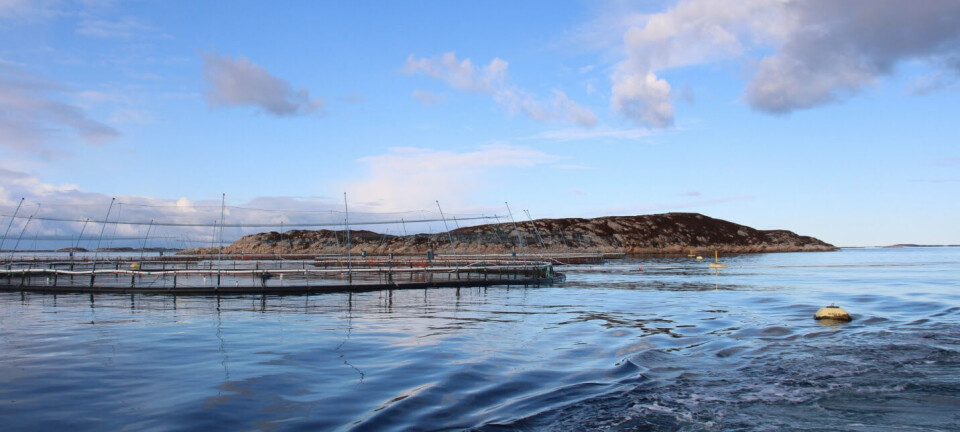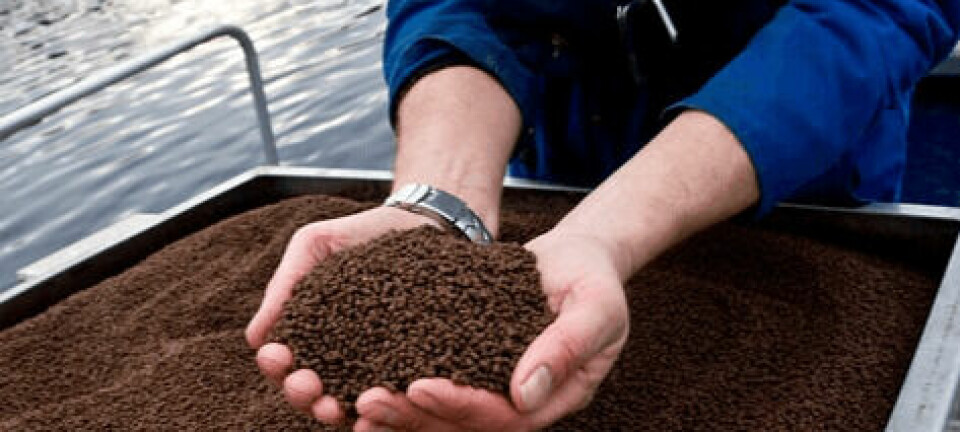
Freshwater treatments should be used sparingly
Although recently expressed fears that sea lice may be able to develop resistance to freshwater treatments are misplaced, it is likely that they may become more tolerant to such treatments over time, especially if they’re used too frequently.
A number of salmon producers expressed their concerns this week about the possibility of sea lice developing resistance to fresh water treatments, in a report by Norwegian state broadcaster NRK. And leading lice researchers believe that, while resistance is not possible, it is likely that the parasite will develop increased tolerance to exposure to lower levels of salinity over time.
Indeed, in March last year Norway’s Veterinary Institute, with support from the University of Bergen (UiB) and Norwegian University of Life Sciences (NMBU), delivered a report to the FSA considering the risk of developing increased tolerance to freshwater with lice.
They noted that when exposed to freshwater, the low salinity kills lice as they are unable to osmoregulate sufficiently – although the time this takes depends on a number of factors: the life stage of the louse, whether it is attached to a salmon or not, how big the difference in salinity is, how suddenly the change occurs and how long exposure to freshwater lasts.
“Lice that are not attached to a fish are more sensitive. Copepodites and other free-living stages are more sensitive to freshwater than later stages,” stated the report.
They wrote also that the salmon louse's ability and capacity to osmoregulate is likely to change, enabling them to develop increased tolerance to fresh water.
“It will survive longer in fresh water and the effect of treatment in fresh water will be gradually reduced. Such a change requires natural variation in the genes encoding sensitivity to brackish/fresh water, and operated by repeated selection,” the report argued.
In view of the risk of developing increased tolerance they concluded that freshwater treatments should be part of a planned rotation, together with other measures.
Eight-day limit
Daniel Wright from the University of Melbourne also published work last year on the freshwater tolerance of lice, which was done in cooperation with Frode Oppedal from IMR and Tim Dempster from Melbourne University.
They conducted research on fresh water tolerance at different stages of lice, in which salmon with lice were transferred to fresh water. The amount of surviving lice were then counted after regular intervals for a period of up to eight days.
“The trial started first with copepodites. After 15 minutes in fresh water about half were dead, but they still hung on. After one hour, most were dead, after three hours all were dead,” Oppedal previously explained.
When attached to a salmon, the chalimus stages of the parasites, however, only began to die after four days.
“They tolerate fresh water very well and a few were even living after eight days,” said Oppedal.
Considering this, he speculated that a number of other factors might ensure that freshwater treatments are still so effective.
“Handling and vacuum pumps may have an additional impact [on the lice], as might starvation and crowding [of the salmon] and exposing the lice to rapid environmental change and lice are possibly weakened by freshwater. Temperature may also be a factor,” he concluded.
Learning from the wild
The University of Bergen’s louse expert Frank Nilsen also found that some sea lice are more tolerant of freshwater.
“It is clear that fresh water affects motile copepodites and we see that they move in the water to where it is highest salinity. The moving is probably higher tolerance to low salinity,” he confirmed.
He explained that, since sea lice are common on wild sea trout and salmon in the fjords, they must be able to withstand certain fluctuations in salinity.
“We see they sometimes have problems with osmoregulation, but research by Hanenkamp & Fyhn, showed several years ago that adult lice manage to osmoregulate in brackish and sea water and can survive on salmon for up to ten days in fresh water,” said Nilsen.
Erik Sterud, who is a biologist and Head of the wild salmon association “Norske Lakseelver”, pointed out in an academic article in Norsk Fiskeoppdrett last year that the transition between saltwater and freshwater is very demanding for an organism and that that euryhaline species, such as Atlantic salmon, are relatively rare.
“Although gill maggots, Salmincola salmoneus, can cope with both fresh and salt water environments, salmon lice fall off after a few days in fresh water,” he observed.
“Sea lice have never been a species that can withstand both saltwater and freshwater. It is unlikely that freshwater treatment in a farming situation will make them turn euryhaline,” he added.
However, he noted that there is considerable variability between the tolerance of lice and therefore warned that: “Selection, created by regular freshwater lice treatments, will almost certainly lead to a lice population of individuals that can survive for longer in freshwater than is currently the case. Such collective familiarization will probably be quite fast if fresh water treatments are frequently used.”























































